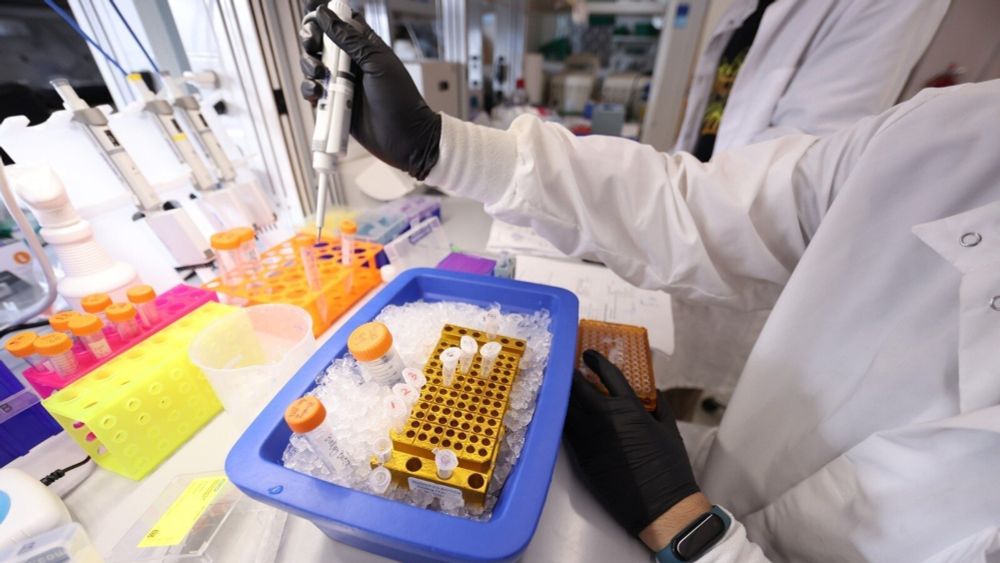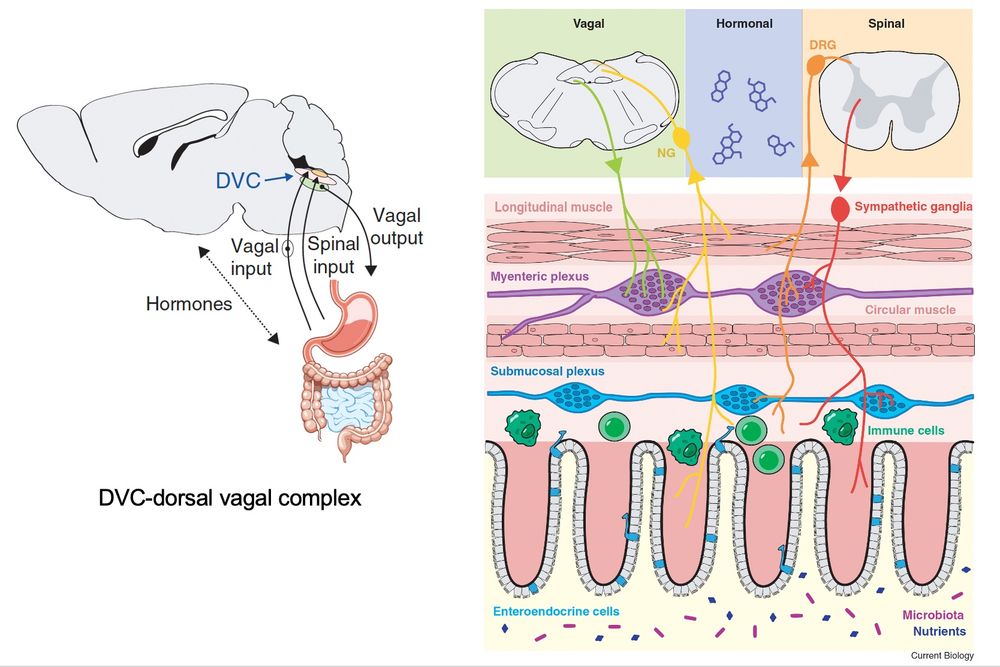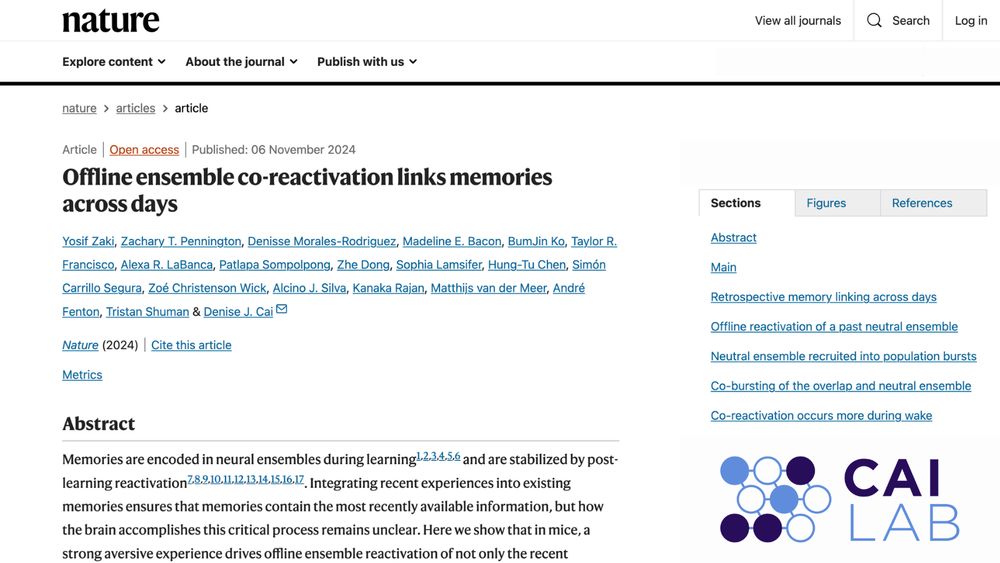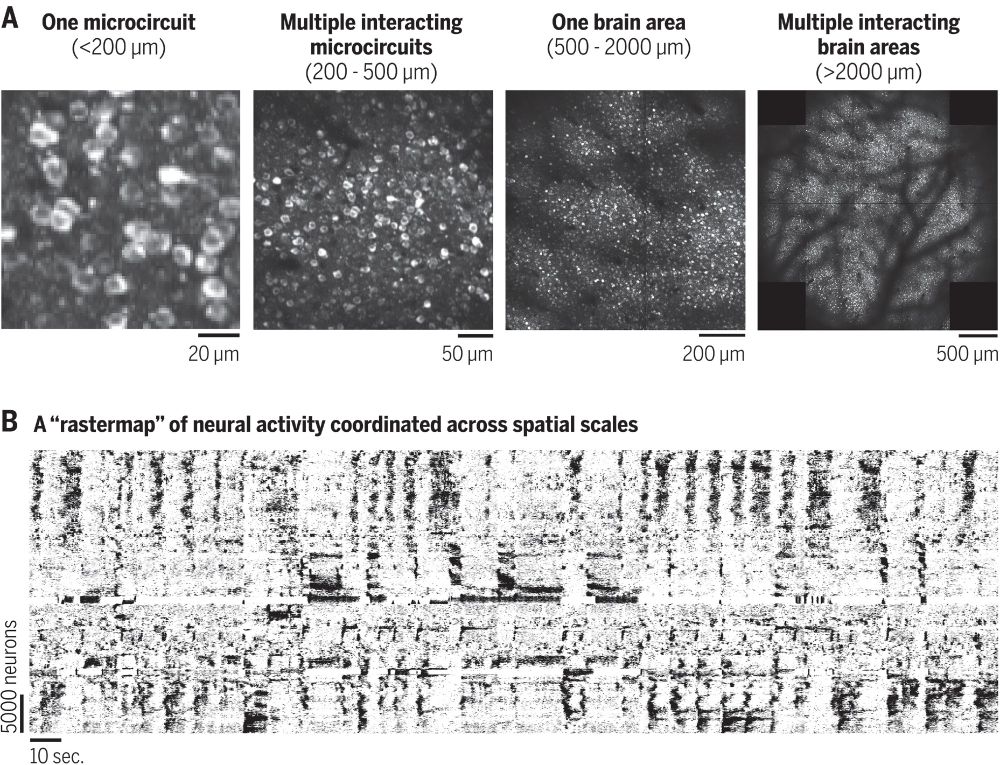Praneel Sunkavalli
@praneelsunkavalli.bsky.social
70 followers
280 following
10 posts
Aspiring Physician-Scientist
Currently @ Andermann Lab
Posts
Media
Videos
Starter Packs
Reposted by Praneel Sunkavalli
Jonna Singh
@jonnasingh.bsky.social
· Jun 3
Reposted by Praneel Sunkavalli
Reposted by Praneel Sunkavalli
Catherine Dulac
@dulaclab.bsky.social
· Feb 26
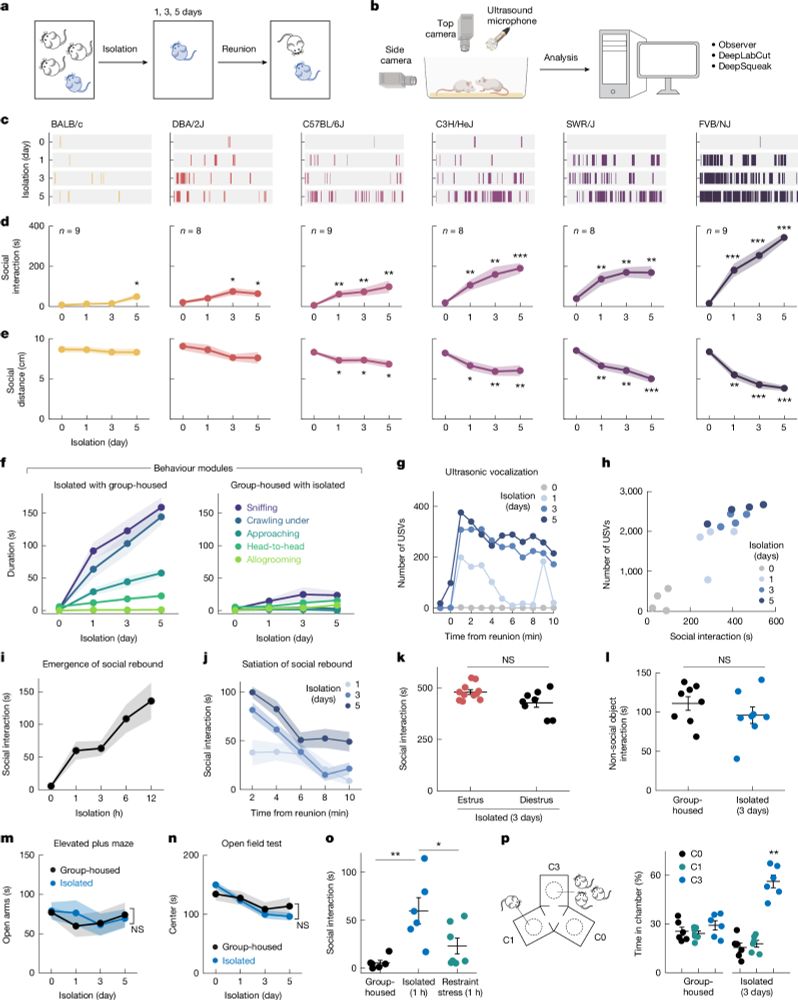
A hypothalamic circuit underlying the dynamic control of social homeostasis
Nature - New data on brain-wide circuits centred around two interconnected hypothalamic neuron populations provide significant mechanistic insights into the emergence of social need during social...
rdcu.be
Reposted by Praneel Sunkavalli
Reposted by Praneel Sunkavalli
Reposted by Praneel Sunkavalli
Reposted by Praneel Sunkavalli
Reposted by Praneel Sunkavalli
Mark Andermann
@markandermann.bsky.social
· Nov 16
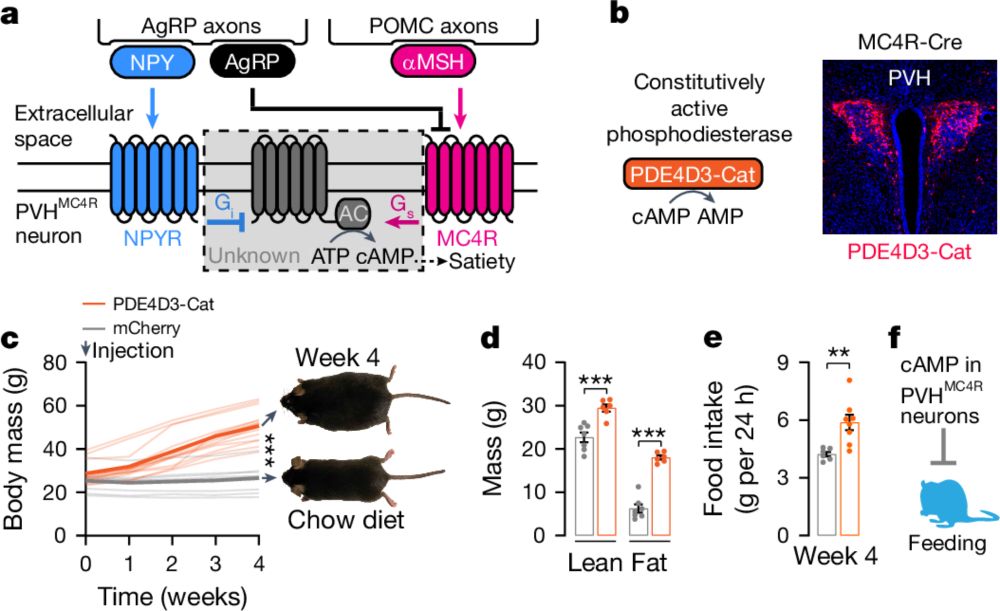
Stochastic neuropeptide signals compete to calibrate the rate of satiation
Nature - Release of hunger-promoting and satiety-promoting neuropeptides drives opposing changes in the second messenger cAMP in awake mouse paraventricular hypothalamic MC4R neurons, thereby...
rdcu.be
Reposted by Praneel Sunkavalli








